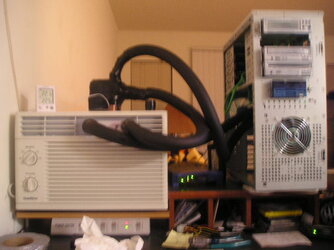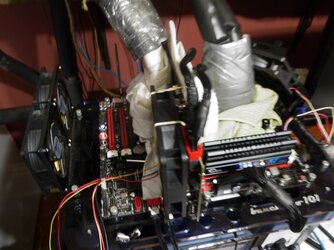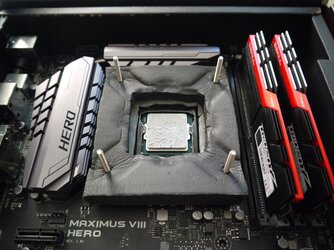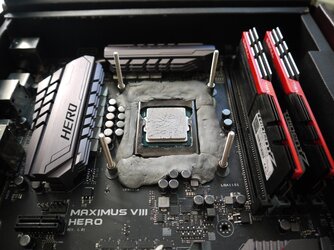Lately I've become obsessed with the thought of chilled fluid cooling the CPU, GPU('s), and possibly the motherboard. Just mapping it out in my mind, the condensation that forms on the actual pipes/tubing would be the easiest to deal with using something absorbable, but how do people deal with water that builds up in places like in between the GPU's water block and the card itself? Basically, what are the best practices for handling condensation in computer cooling?
-
Welcome to Overclockers Forums! Join us to reply in threads, receive reduced ads, and to customize your site experience!
How do you handle condensation?
- Thread starter FlashRZ
- Start date




